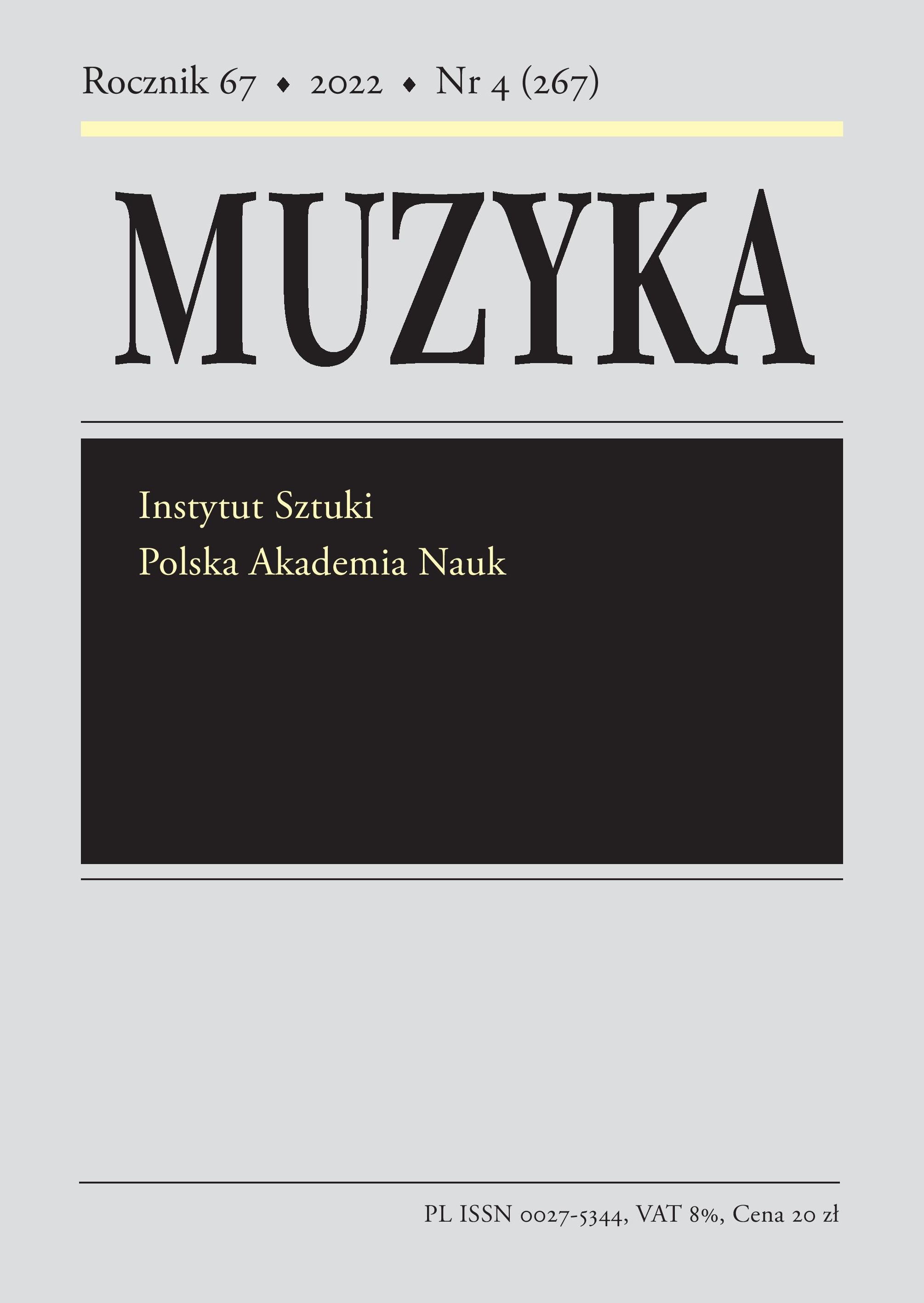„Modlitwa dziewicy”. Kicz i seksizm dziewiętnastowiecznej muzyki salonowej
'The Virgin’s Prayer': Kitsch and Sexism in Nineteenth-Century Salon Music
Author(s): Ryszard Daniel GolianekSubject(s): Gender Studies, Music, Sociology of Culture, Sociology of Art
Published by: Instytut Sztuki Polskiej Akademii Nauk
Keywords: Modlitwa dziewicy; The Virgin’s Prayer; Tekla Bądarzewska; salon music; kitsch; sexism
Summary/Abstract: First published in 1856, the piano miniature ‘La priere d’une vierge’ [The virgin’s prayer] by the Polish pianist Tekla Bądarzewska-Baranowska (1829–61) was an unprecedented commercial success (with more than a million copies sold by 1860) and made Bądarzewska an international household name. This should be interpreted purely as a peculiar social phenomenon rather than an artistic achievement, since Bądarzewska’s composition was an ideal reflection of nineteenth century notions of the woman and womanhood, adhering to the cultural canon of that period. The context of salon music should be considered as an obvious and appropriate point of reference for the views and opinions discussed here, since the work in question became an iconic example of output from the nineteenth-century salon. For the same reason, the conclusions presented here may help us to understand the status of the entire salon repertoire, the huge quantity of which is one of the more notable phenomena of the age. The two perspectives on The Virgin’s Prayer presented in this article – interpreting this work as a manifestation of kitsch and of sexism – exemplify the application of modern methodology (the tools of new musicology) to an historical work. Both perspectives represent a modern adaptive interpretation. The aesthetic status of Bądarzewska’s work as a manifestation of kitsch is defined using Abraham Moles’s theoretical concept. Moles lists five principles of kitsch that can easily be recognised in this composition and in its perception. Those principles are submitted here to an aesthetic interpretation. The reading of ‘The Virgin’s Prayer’ as a manifestation of sexism, in turn, results from the social context of the work, which was composed by a woman artist and linked (in its title and musical style) to the topos of representations of femininity in music, strongly dominated by stereotypes related to the social status of the female sex. Bądarzewska, it turns out, produced a work that fitted into the mainstream of sexist views on women and their activity. ‘The Virgin’s Prayer’ became a flagship example of a work, the stylistic and expressive qualities of which corresponded perfectly to the perception of women’s art as derivative, non-autonomous and banal.
Journal: Muzyka
- Issue Year: 67/2022
- Issue No: 4
- Page Range: 3-22
- Page Count: 20
- Language: Polish

